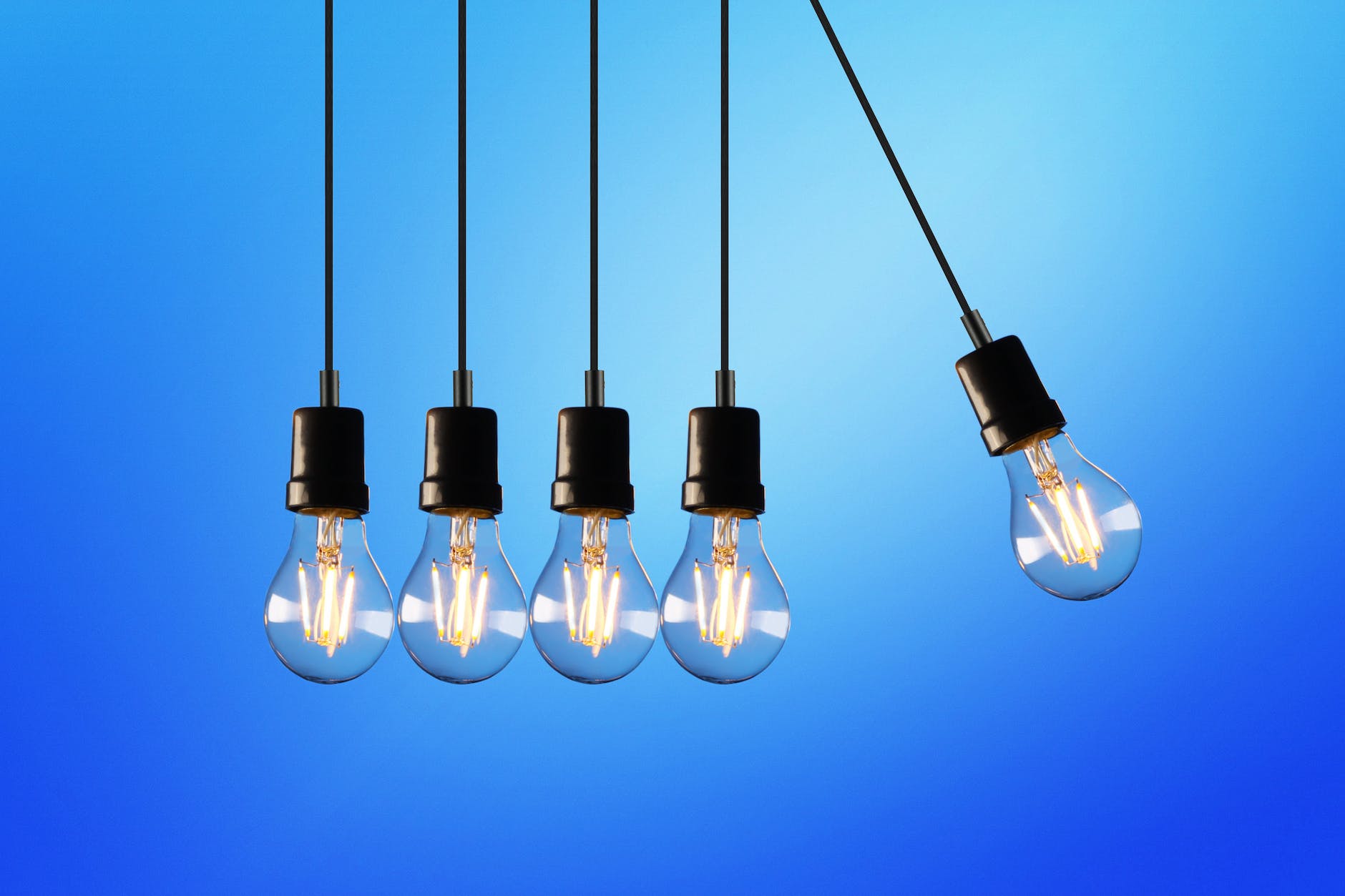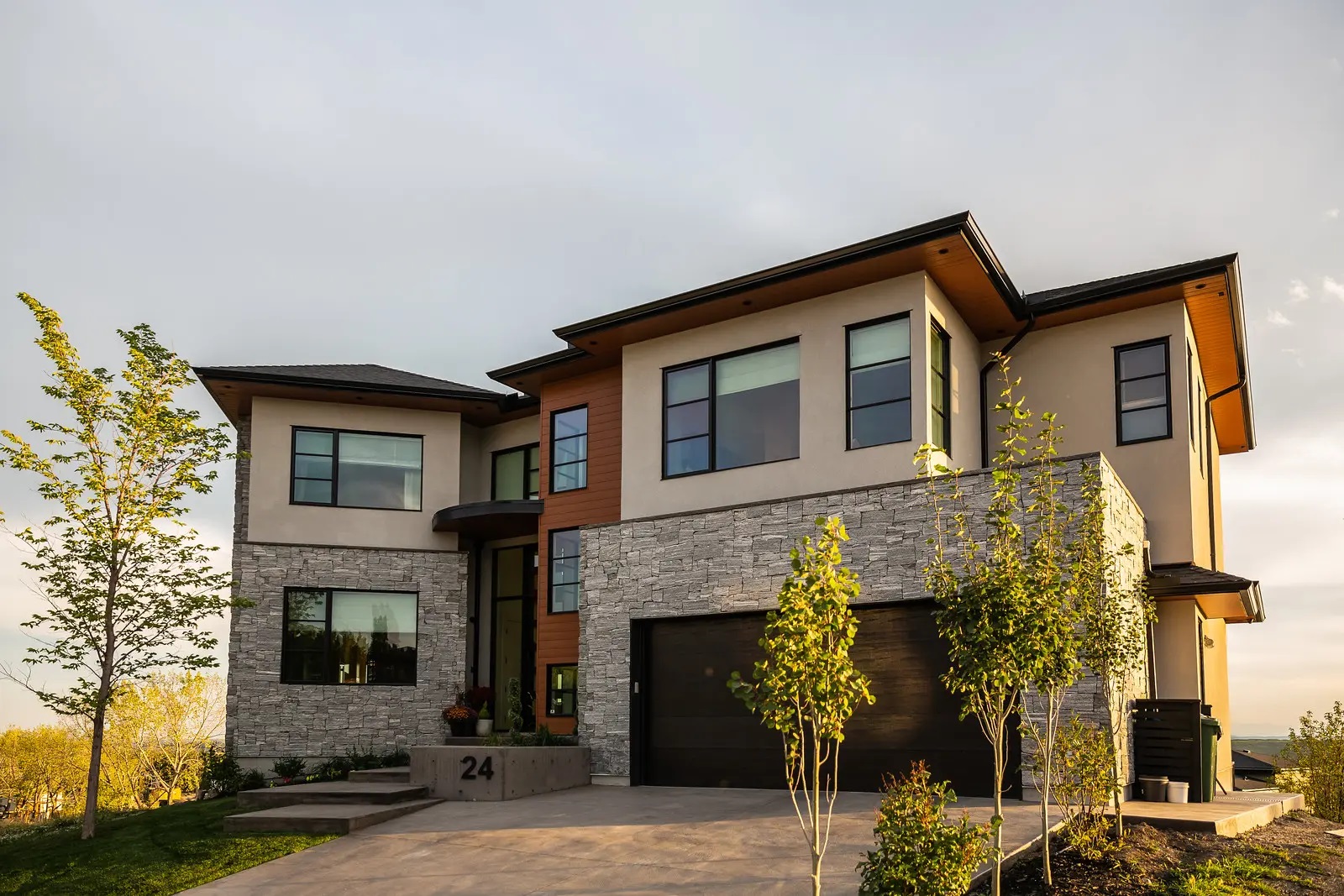Siding is an essential element of any building, including homes, offices, and commercial spaces. It not only enhances the appearance of a structure but also provides insulation and protection against environmental elements. However, like any other material, siding can wear out over time and require replacement. The frequency of siding replacement depends on several factors, including the material, the quality of installation, and maintenance. In this article, we will explore how often siding needs to be replaced in Bay Area and what factors affect its lifespan.
Introduction
Siding is an integral part of any building, not only in terms of its functionality but also its aesthetic appeal. Siding can be made from a variety of materials, including wood, vinyl, aluminum, steel, and fiber cement. Each type of siding has its own set of advantages and disadvantages. The Bay Area has a unique climate that can affect the lifespan of siding, making it essential to understand when siding needs to be replaced.
Types of Siding
There are several types of siding available in the market. Let’s take a closer look at some of the most popular options:
1. Wood Siding
Wood siding is a popular choice among homeowners for its natural beauty and durability. It can be made from cedar, redwood, or pine and can last up to 30 years with proper maintenance.
2. Vinyl Siding
Vinyl siding is an affordable and low-maintenance option that can mimic the look of wood or stone. It can last up to 25 years, depending on the quality of the material.
3. Aluminum Siding
Aluminum siding is another popular choice for its durability and low maintenance. It can last up to 40 years with proper care.
4. Steel Siding
Steel siding is a robust and durable option that can last up to 50 years with minimal maintenance. It is also fire-resistant and can withstand extreme weather conditions.
5. Fiber Cement Siding
Fiber cement siding is a relatively new option that has gained popularity for its durability and resistance to moisture, insects, and fire. It can last up to 50 years or more.
Discover the Benefits of James Hardie® Architectural Collection Siding for Your Home
Factors That Affect Siding Lifespan
Several factors can affect the lifespan of siding, including:
1. Quality of Installation
The quality of siding installation is a critical factor that can determine how long it lasts. Proper installation ensures that the siding is securely attached to the building and can withstand environmental factors such as wind and rain.
2. Maintenance
Regular maintenance of siding is essential to extend its lifespan. This includes cleaning it regularly, inspecting it for damage, and repairing any issues promptly.
3. Environmental Factors
The Bay Area climate can be harsh on siding, with extreme heat, cold, wind, and rain. The type of material used for siding can also affect its durability in these conditions.
Signs That Siding Needs to Be Replaced
Here are some signs that indicate it’s time to replace your siding:
1. Warping or Buckling
Warping or buckling of the siding indicates that it has been damaged by moisture and is no longer functioning correctly.
2. Cracks or Holes
Cracks or holes in the siding can allow water and insects to penetrate the building, leading to more significant problems.
3. Fading or Discoloration
Fading or discoloration of the siding can indicate that it has reached the end of its lifespan and is no longer providing adequate protection.
4. High Energy Bills
If you notice an increase in your energy bills, it could be a sign that your siding is no longer providing adequate insulation, and it’s time to replace it.

How Often Should You Replace Siding?
The lifespan of siding varies depending on the material, quality of installation, and maintenance. However, as a general rule of thumb, siding should be replaced every 20-40 years. Wood siding tends to have the shortest lifespan, while fiber cement siding can last up to 50 years or more.
Tips for Extending the Life of Your Siding
Here are some tips to help extend the life of your siding:
1. Clean Your Siding Regularly
Cleaning your siding regularly can prevent the buildup of dirt, debris, and mold, which can cause damage over time.
2. Inspect Your Siding
Inspect your siding for any signs of damage, such as cracks, holes, or warping, and repair them promptly.
3. Maintain Your Gutters
Clogged gutters can cause water to back up and damage your siding. Make sure to clean your gutters regularly and repair any leaks.
4. Trim Trees and Shrubs
Trees and shrubs can scratch and damage your siding, so make sure to keep them trimmed and away from your building.
Hiring a Professional Siding Contractor
Replacing siding is a significant investment, and it’s essential to hire a professional siding contractor to ensure the job is done correctly. Look for a licensed and insured contractor with experience in installing the type of siding you want. Get multiple quotes and ask for references to ensure you hire the right contractor for the job.
Conclusion
Siding is an essential element of any building, and its lifespan can vary depending on several factors. Regular maintenance, proper installation, and choosing the right material can help extend the life of your siding. When it’s time to replace your siding, make sure to hire a professional contractor to ensure the job is done correctly and to protect your investment.
FAQs
- How do I know if my siding needs to be replaced? You should look for signs such as warping, buckling, cracks, holes, fading, and high energy bills to determine if your siding needs to be replaced.
- How often should I clean my siding? You should clean your siding at least once a year to prevent the buildup of dirt, debris, and mold.
- Can I replace my siding myself? Replacing siding is a complex job that requires experience and knowledge. It’s recommended to hire a professional siding contractor to ensure the job is done correctly.
- How much does it cost to replace the siding? The cost of replacing siding varies depending on the type of material, size of the building, and location. It’s best to get multiple quotes from professional siding contractors.
- What is the most durable type of siding? Fiber cement siding is considered one of the most durable types of siding, with a lifespan of up to 50 years or more.

